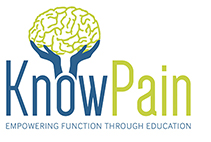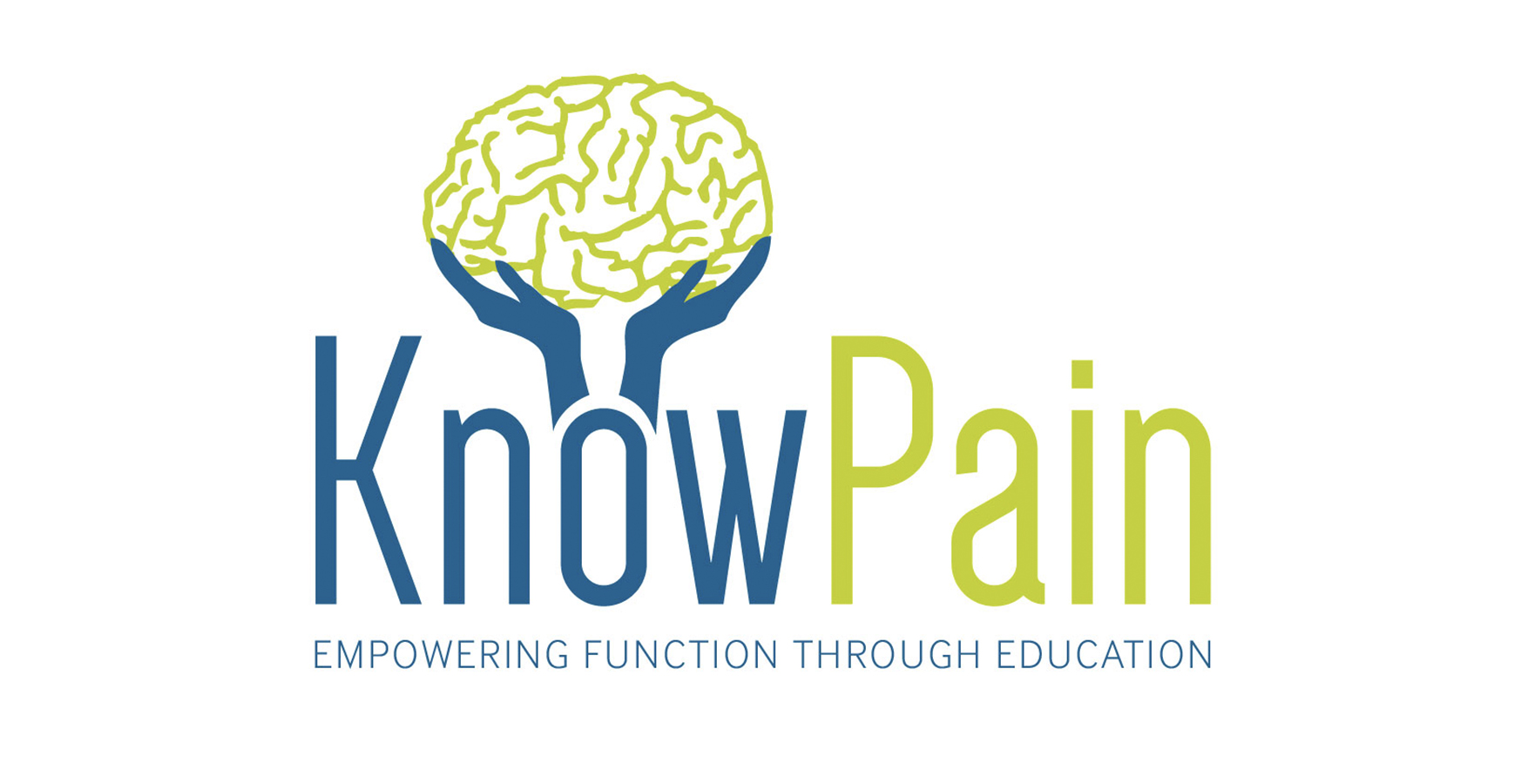“We don’t see things the way they are, we see things the way we are”
The Talmud
I felt very French last week. I live less than 40 miles from France and frequently pick up French radio stations in my Renault Captur. But last week was different. Not only did I drive the Captur south to Angouleme for my first ever Know Pain course in French, I was also kindly invited to live in a French home, eat French food, teach French healthcare professionals and greet like the French do (2 kisses for both men and women, unless you’re in the deep south where the number of kisses is anyone’s guess!).
For those of you who, after reading the title and opening paragraph of this blog, thought you were in for some sort of Cinquante Nuances de Gris, let me let you down slowly…
Whilst over in France I read two pieces of work which fascinated me. Firstly, Jorgen Jevne’s excellent and somewhat sexy article on what conservative management needs to learn from Baywatch (http://www.applyresearch.com/baywatch-conservative-care/), and secondly, Prof Alice Roberts piece in The Guardian on evolution and her personal encounter with MRI imaging for low back pain (http://www.theguardian.com/science/2015/may/31/human-body-marvellous-not-perfect-roberts).
For me, these articles highlight the paradigm chasm that exists within contemporary healthcare. One offers hope by embracing the complex nature of pain experiences beyond structure, biomechanics and anatomy, the other clings onto the worrying and pessimistic belief that pain is linked to damage as seen on imaging. Sadly, as is so often the case within the media, the fear inducing story gets all the press. As they say, the Devil plays all the best tunes!
Our beliefs and cognitive biases towards threat information is inevitable when we experience pain. Pain is an ideal habitat for worry to flourish as Eccleston & Crombez so eloquently put it. Unfortunately, we implicitly pour fertiliser onto this worrying ground through our words and actions. In short, it doesn’t take much turn on somebody else’s threat switches. Here’s an example to highlight the point…
On entering my French host’s home, I was soon taken up to my room to dump my bags. Whilst being given a guided tour of the maison something my friend said grabbed my attention…”here is the bathroom & towels, onto your bedroom now…here is your bed, desk and wardrobe. I am sorry, my Mother has placed this gigantic framed picture above your bed. I do hope it doesn’t fall on your head! Ok, we go now to the kitchen for some foie gras and Cognac!”
Had he not mentioned the gigantic, potentially brain injury inducing picture that hung only inches from my head, I would not of given the slightest bit of notice to it. I suspect my Catholic upbringing might well have led to me throwing the duvet over my head in a desperate bid to ward off the evil, demonic nymphs depicted in the artwork, but this is altogether another story.
It was too late. The cat was firmly out of the bag and my host had well and truly, without realising, turned on my cognitive bias towards the risk of things going, quite literally, bump in the night. I slept (on and off) for 4 nights in that room. Not once did the picture come crashing down, but that didn’t stop my nervous system from tuning into it.
The Greek philosopher and teacher Epictetus argues that people aren’t distressed by things, they are distressed by their view of things. Those of us who work to empower people to take control of their persistent and troubling pain experiences can relate to this. Just as the picture minus the throw away, nocebo comment, would only ever remain a pleasant wall decoration, so too would millions of people’s degenerative discs remain a rather innocuous anatomical feature.
Whatever happened to those simple days where people, without frequent use of posh scanning equipment, returned to everyday activities with an uncomplicated “touch of lumbago”?
Let’s look at a typical example of how easily & implicitly our cognitive biases influence our practice:
Paul is a 48 year old office worker who’s been experiencing worsening low back pain for the past six months. He has recently received an MRI scan of his lumber spine and has gone to see his Physio for the results (both their thoughts & interpretations are shown in brackets):
Paul: “So, what did you find?”
Physio: “Nothing to worry about. No serious damage was found. There is some degeneration in the L5/S1 area. Look here (points to image). But this is quite normal for your age.”
Paul: “Ohhhh.” (Oh no. It knew it was something bad. I was worried that my disc might have gone. Now it has!).
Physio: “It’s quite normal to get this type of problem when we consider the type of work that you do.”
Paul: “Ok. I see. What should I do about it?” (I should not work. This will harm my disc further. Maybe I should look for another job. What’s the treatment options?)
Physio: “Keep active but take it easy for a while.”
Paul: “Ok. Is there any other treatment for this?” (Rest until the pain disappears, then what?).
Physio: “Unfortunately, there are limited options.” (Oh no. Think quickly. What is the best treatment choice?)
Paul: “Oh no. But I’m in so much pain!” (HELP ME!)
Physio: “Ok. Should we start easy and try this machine to ease your pain?” (So much pressure to do something today!)
Paul: “Thank you. That would be great.” (This confirms my belief that I should not do anything as I might cause more damage)
Do you recognise this situation? We’ve all been there. Unfortunately, despite a growing understanding and some appreciation for the biopsychosocial evidence-base, many clinicians feel underprepared for the challenges that they are presented with on a day to day basis (http://www.journalofphysiotherapy.com/article/S1836-9553(15)00017-X/abstract). Don’t worry. If there’s one thing that running Know Pain workshops has taught me, it’s that clinicians of all disciplines around the World are struggling to put into practice what the evidence-base shows we should be.
It’s time to face the uncomfortable truth. If we are to stand any chance of reducing the modern pain epidemic, practice must change, research must change and the media must listen.
Below is a short video that was produced whilst over in France last week. I further discuss the challenges that face clinicians when helping people make sense of their pain experiences:
Key messages:
- Our schema provides us with a cognitive framework that helps organise & interpret information.
- These can be useful as they allow us to take shortcuts
- However, they also drive preconceived ideas about people, situations, environments and context.
- We exclude pertinent information in favour of our pre-existing beliefs. (Linton, 2005).
- Cognitions contain attention biases towards schema-relevant information (Fox, 2012).
- A “subjective social reality” is constructed from one’s perception of sensory input.
- Cognitive bias distorts reality.
- They are adaptive over time (Fox, 2012).
- They serve to protect one’s schema (Gross, 2005).
Thanks for reading & remember to embrace the challenges we face whilst steering people towards hope at every opportunity.
References
Eccleston, C, Crombez, G. (2007). Worry and chronic pain: A misdirected problem solving model. Pain. 132 (3) 233-236.
Fox, E., Yates, A., & Ashwin, C. (2012). Trait anxiety and perceptual load as determinants of emotion processing in a fear-conditioning paradigm. Emotion, 12, (No. 2), 236–249
Gross, R. (2005). Psychology. The Science of Mind & Behaviour. 5th Edition. New York: Hodder Arnold.
Linton, S. (2005). Understanding pain for better clinical practice. A psychological perspective. London. Elsevier.

